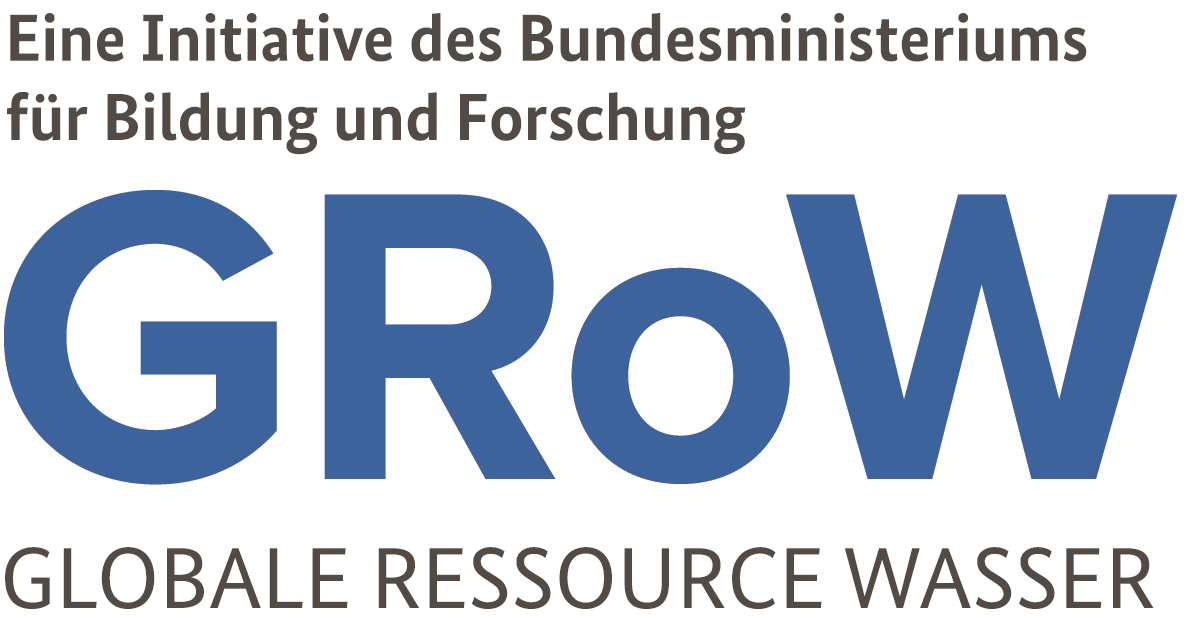More climate resilience through improved seasonal forecasts
| Date |
Date
|
Researchers of the GRoW project SaWaM can use statistical methods to make more accurate seasonal meteorological forecasts for water-scarce regions, which help decision-makers to mitigate local climate change impacts.
The effects of climate change are increasingly manifested in droughts or heavy precipitation events and pose new challenges to food, energy and drinking water supplies. The better seasonal meteorological forecasts are, the better local decision-makers can counteract these challenges – for example in the context of reservoir management or seed selection.
The GRoW project SaWaM has therefore identified a way to use statistical methods from global climate models to derive local forecasts that are significantly more precise than previously available seasonal forecasts. The scientists have already applied their new approach in study regions in Sudan, Ethiopia, Iran, northeast Brazil, Ecuador, Peru and West Africa, where they were able to predict abnormal heat and drought periods up to seven months in advance better than previously possible.
The new methods are particularly relevant in the context of semi-arid regions where the rainy season is limited to a few months a year. "Here, water usually has to be stored in reservoirs. In using this water, conflicts arise between divergent goals of agriculture, the energy secotr and drinking water supply," says Harald Kunstmann, coordinator of SaWaM. In addition, more accurate seasonal forecasts are becoming increasingly relevant even in originally less affected regions, which is why the method will soon also be used in Germany for drought forecasts.
The researchers described the new approach as well as the economic benefits of seasonal forecasts in two recently published articles in the journals Earth System Science Data and Scientific Reports. You can access both articles via the links below. A more detailed press release from the Karlsruhe Institute of Technology (KIT) can be found here (German).
Portele, T., Lorenz, C., Dibrani, B., Laux, P., Bliefernicht, J., and Kunstmann, H. (2021) Seasonal Forecasts offer Economic Benefit for Hydrological Decision Making in Semi-Arid Regions, Scientific Reports, https://www.nature.com/articles/s41598-021-89564-y
Lorenz, C., Portele, T. C., Laux, P., and Kunstmann, H. (2021) Bias-corrected and spatially disaggregated seasonal forecasts: a long-term reference forecast product for the water sector in semi-arid regions, Earth Syst. Sci. Data, https://doi.org/10.5194/essd-2020-177
